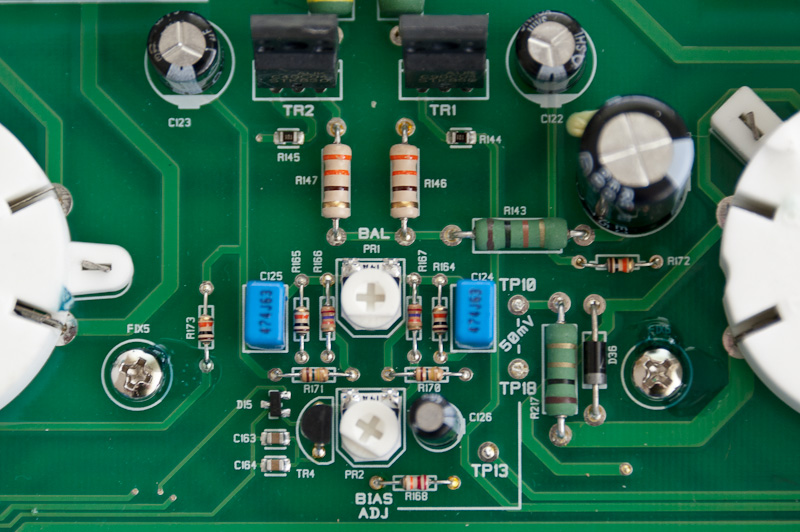OK, so here's the scoop.
I'm only half foolish...

So I took the tubes and my multimeter to practice and I swapped them in. I didn't really have time to tear the amp apart to bias (it's not trivial with a Blackstar) so kept an eye on the tubes and the temperature of the amp as well as my ears to see if anything was amiss.
Went well, practiced for a couple of hours, sounded good and I was pleased, more on that in a minute.
So that was yesterday. Today I tore the amp apart... with Blackstars you have to remove the amp from the chassis and then there are a couple of test points that you have to check while changing the bias adjustment pot. It was running hot (supposed to be 50 mA and it was over 60) but not terribly so. I backed it down to just about 50 and called it good. Interesting that a little adjustment goes a long way. I turned the adjustment screw about a turn and it went all the way down into the 30's, took a bit of trial and error and I got it to 50.
Biasing was easy once the thing was torn apart. Biggest pain was getting the amp back into the chassis by myself and getting the screws to thread to tighten it down.
Now I know what you all are thinking... "Yeah great cvogue, you didn't fry your amp, good for you.... now how did the Tung Sols sound?!?!?!?!"
They sound good, actually quite different from the TADs that were in there. The TS's are brighter and have more punch, but not as smooth. The first song we did was "Running Down a Dream" by Tom Petty and the other guitar player said that the solo sounded awesome! More organic (less sterile) sounding than the TADs. He was a bit bummed since now my Blackstar sounds a lot more like his JCM800, heh-heh! It is brighter, more articulate and punchier. I like it. I swear these tubes don't break up as much as the TADs, Seems like I need the gain increased a bit to get there but it's all good.
One thing I found interesting, I could get those elusive 4th fret harmonics more easily (actuall all the harmonics were easier) with the Tung Sols.
So there ya go. Opinions? Questions? Comments? Bring 'em on!
Oh, one question I had... pulling the TADs out took a lot of effort, putting the TS's in was easy, but they seem a bit loose. The spring tube "keepers" work great though. Could I have messed up a socket or is that something to not worry about, the TS's are slimmer than the TADs


